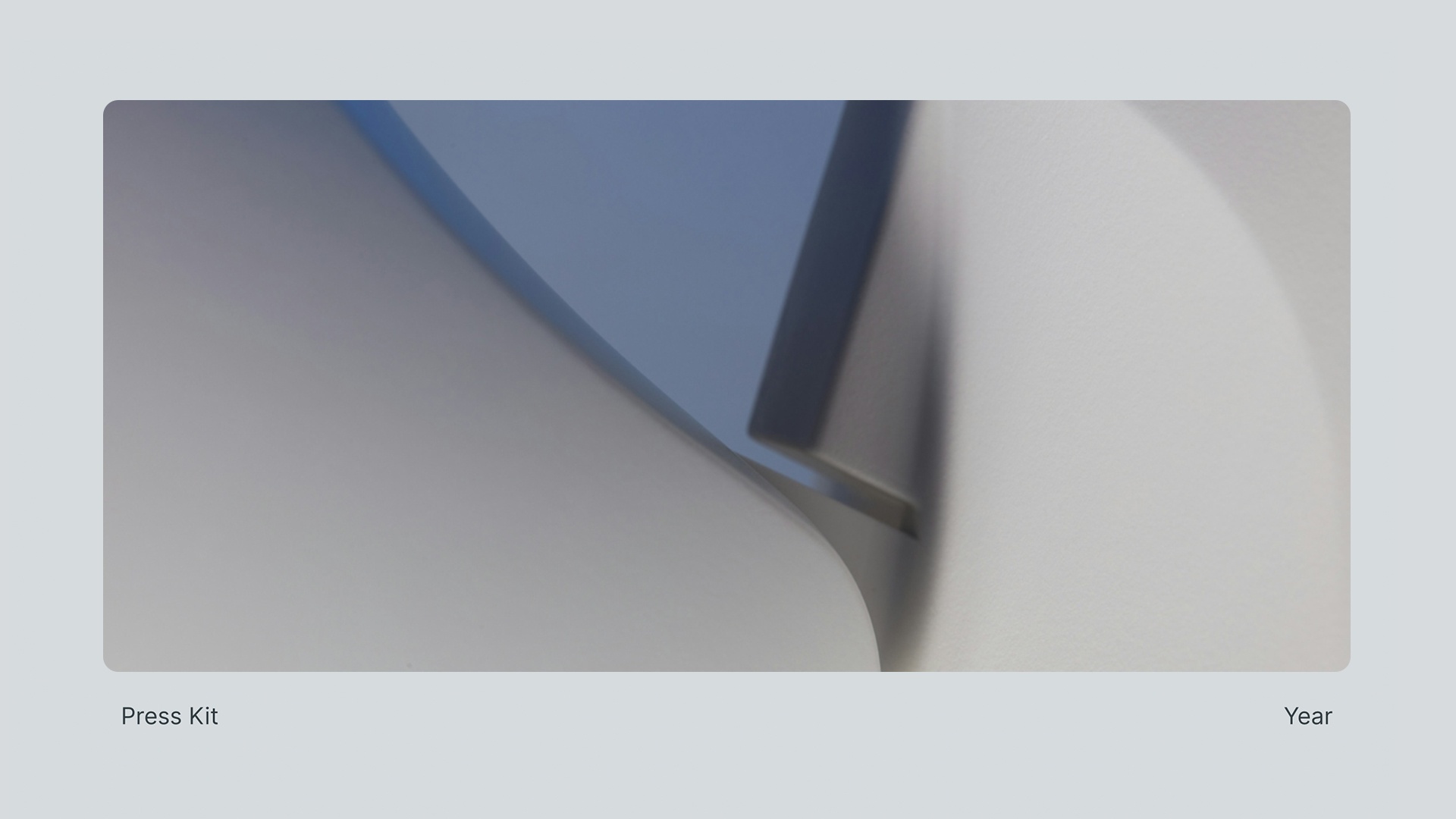Tips of the trade
Media Kit Examples and How to Make One
A media kit is a must-have for any brand, organization, and creator. Take a look at some of Tome’s successful media kit examples and follow our four-step guide to create a media kit that can help win you partnerships and press.

As an entrepreneur, there's no better feeling than having a firm grasp on who you are and what you're out to do in the world. Once this happens—and people have begun to notice—it helps to have a readily available resource that not only communicates that passion and expertise, but presents opportunities for collaboration.
For marketers, founders, and independent creators, a media kit is an indispensable tool in your quest for partnerships and quality press coverage. Here’s how to make one that stands out.
What is a media kit?
A media kit is a collection of promotional brand materials intended as a resource for those looking to learn more about what you do, or what your organization does. While media outlets are the most common target audience, that list can include potential brand partners, investors, and event organizers, too.
The purpose of a media kit is two-fold: to ensure an accurate and consistent portrayal of your brand wherever it appears, and to act as an abbreviated portfolio for you or your brand’s output. The specific end goal for a media kit may vary based on who’s making it—a startup, a nonprofit, or even an influencer. Here are a few scenarios in which a media kit can be useful:
For anyone in a marketing function at a company or organization (whether you’re a founder or a marketer), a media kit may be used to:
- Provide details to potential investors during fundraising efforts
- Secure brand partnerships or placement at an event
- Communicate with media outlets
- Ensure quality press coverage
Influencers may use a media kit to:
- Showcase metrics like engagement rate
- Highlight past partnerships
- Provide examples of content capabilities for potential new clients

Media kit vs. press kit: Are they different?
A media kit may also be referred to as a press kit, so don’t let it throw you off if you encounter either in the wild. Press kits get their name from the newsrooms in which they originated; these “kits” were ready-made packets of information and images that gave writers everything they needed to file a story. In modern parlance, the two are interchangeable: both serve as a comprehensive reference point for any earned media coverage or partnership compliance.
How long should a media kit be?
Media kits can be lengthy and comprehensive, or short and to-the-point, depending on the scope of your brand and what you’re hoping to achieve.
Short media kits may be one or two pages and function like a jumping-off point: they provide the basics, but require writers or potential partners to reach out for a follow-up. Lengthier and more in-depth media kits may cover all the bases so well that a reporter might feel comfortable generating content straight from the information presented. Influencer media kits, for example, usually list everything a potential brand partner would want to know, like follower count and demographics, in a single infographic—which is what you might expect given their native platforms.
If you prefer to speak to any media outlet interested in covering your business, a shorter kit may allow for that, while providing a more comprehensive view of your company may lead to a higher quantity of published content, since writers will in most cases already have what they need.
What’s included in a media kit?
A great media kit is one that manages to distill years of hustle and realization into impactful sound bites and images. It requires both reflection and a clear-eyed sense of your key takeaways. This is your chance to establish the narrative.
A professional media kit includes:
1. Company info
A media kit opens with the basics: who you are, what you do, and—if you can condense it into a tight sentence or two—why you do it. Aim for a short “about” section that tells your founding story, a high-level list of product features, awards, or recognition, and end with contact information: not just your email, address, and phone contact details, but where you can be found on various social media platforms as well.

2. High-quality images
Next, visuals. Ideally, this is a selection of high-resolution product imagery, founder, or team photos that a media outlet could plug into any potential coverage.
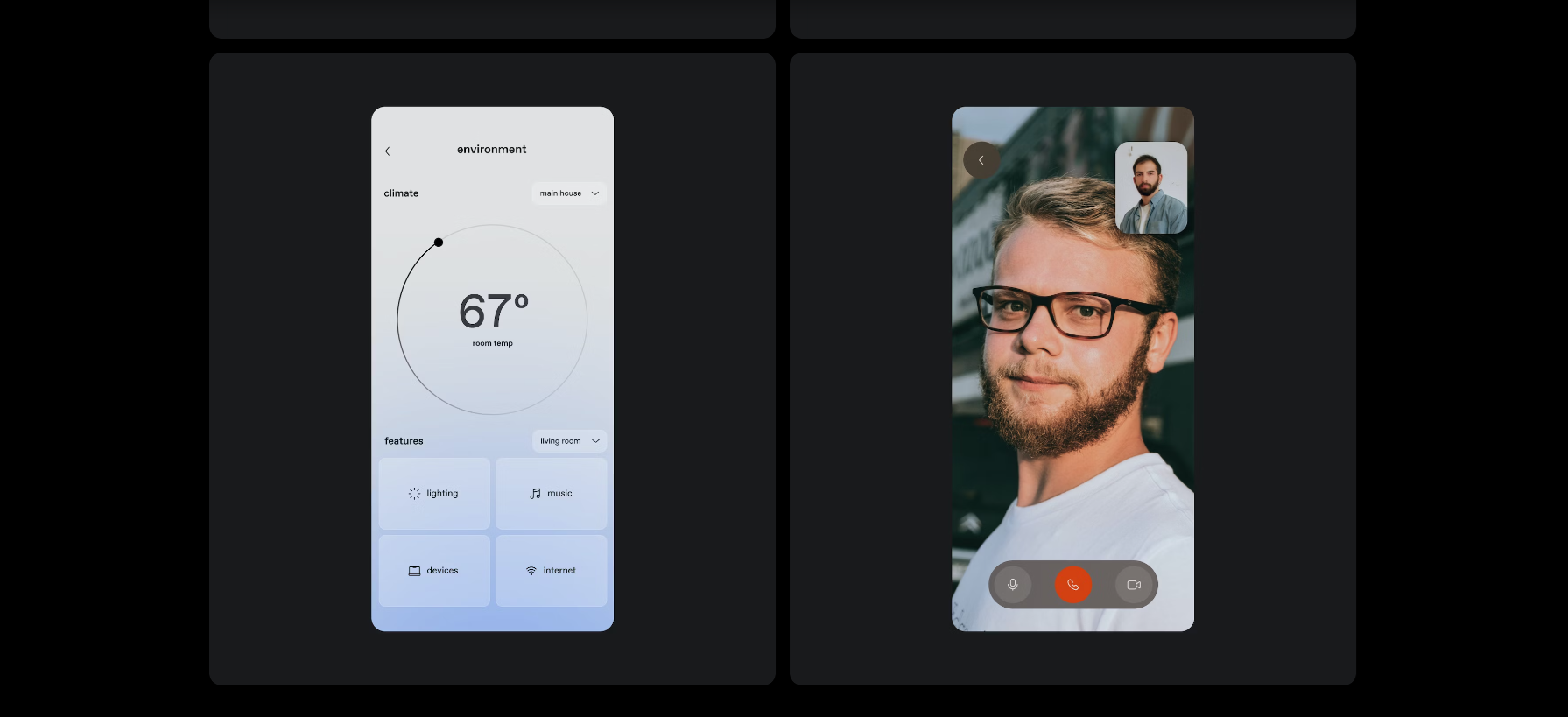
What you include depends on the type of business you’re showcasing. A start-up or foundation’s media kit might feature a brand video or product demos paired with a short supporting sentence or two, while an influencer’s selection might include recent hyperlinked campaigns that best represent their style and abilities.
If you can, include variations that give the recipient options; that might mean a simple product still as well as a few lifestyle shots. (And don’t forget to credit the photographers where appropriate—this will minimize any back-and-forth come press time.)

3. Brand assets and guidelines
Brand assets, like your company logo or wordmark, should be included in editable file formats (.svg or .eps) for easy resizing. You may also want to include an official brand color palette, especially if you prefer that your assets only appear in certain shades in any promotional material.
Some brands also choose to provide the backstory behind their logo design, or an explainer on their typography choices and use cases, but it’s not a must-have.
4. Social proof
Finally, highlight just how impactful your product is with social proof like reviews, testimonials, and social media engagement rates, or more in-depth call-outs like case studies and proprietary data. This makes it easy for writers to sing your praises—and showcase your best features.
5. Press releases
If there’s a timely development you’re hoping to highlight, such as a product launch, new initiative, or event, your media kit may include press releases with the relevant information. Add it on as an addendum, then remove it when the event has passed.

How to make a media kit in four essential steps
The best thing about creating a media kit is that you’ve already done the hardest part of it: building something worthy of media attention. Putting together your kit is simply about curating a highlight reel.
If the prospect of starting with a blank page seems overwhelming, think about leveraging AI for support. Tome's AI is designed to expedite your journey to a first draft. With prompts, you can effortlessly generate pages, text blocks, and visuals within seconds. Should you encounter writer's block, Tome’s narrative assistance can help the words flow faster.
Once you choose your creation tool, follow these four essential steps to create your media kit.
1. Gather your materials.
Make sure all logos and wordmarks are up to date and in the correct formats. If you have a robust asset library, choose the strongest option from each category. Founders: if you haven’t taken an updated headshot in a while, this is a good opportunity to do so!
2. Choose a template.
How you format a media kit is just as important as what you include in it. Design is an important piece of how effective your media kit will be, and using media kit templates is the best way to ensure all the information is easy to read, and to navigate. Tome’s media kit template begins with a fact sheet, followed by visuals, and ends with space for recent press coverage or testimonials.
3. Establish a logical throughline.
Your media kit may be a collection of disparate materials, but it still needs to tell a story. Whether or not they’re aware of it, your readers will be looking for a narrative to follow. Think back to your brand’s inception, or the moment you struck out on your own: what first drew you to the work you do? Rather than hewing to a strict timeline that charts every twist and turn in your story, expand from your “why.” What gap in the market did you want to fill? Which perspective did you want to represent? Everything that follows—like press clippings, testimonials, and visuals—should underscore that initial impulse.
4. Post online for easy access.
The easier it is for media outlets to find what they need, the easier it is for them to write about you. While some brands prefer to distribute their media kits upon request, many others choose to host a downloadable media kit on their website. This makes it readily accessible to anyone looking for it, eliminating any potential barriers to coverage.
If you don’t have a website yet, posting a link to your media kit to your social media bios is another option.
The best media kit examples
Crafting a modern media kit is less about shoehorning talking points into a stale template, and more about showcasing your organization’s (or your life’s) work on your own terms. Here are two examples from the Tome creator community.
1. The Layshia Clarendon Foundation
The Layshia Clarendon Foundation, founded by WBNA player Layshia Clarendon, provides financial assistance, support, and resources to transgender and gender-nonconforming people, through community outreach, housing programs, and more.
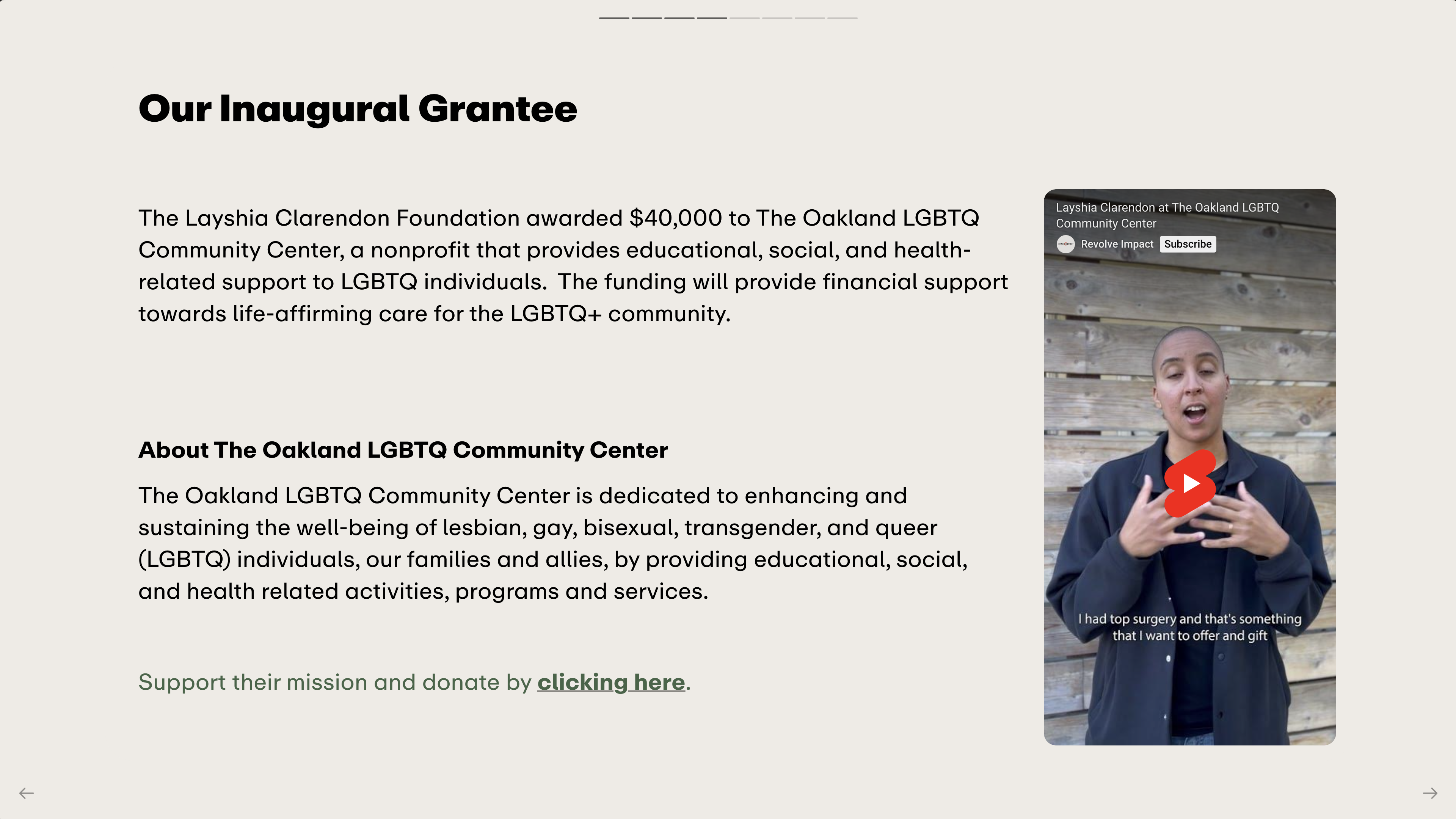
In this case, the “who” is directly tied with the “why” of the foundation: the kit opens with a responsive video message from Layshia…

…directly followed by an embedded press release from an external (fully browsable) website that establishes the impact the foundation seeks to make.
In a departure from a more traditional brand media kit, the foundation presents the details of the various things they do as a call to action for the viewer, as befits a foundation looking to encourage a shift in the culture. Instead of static images or headshots, they’ve included value-driven graphics intended for social media sharing.

Contact details are preceded by a donation form—an example of how a media kit may cater to an audience beyond traditional media outlets, and function as a portfolio and condensed website in one.
2. Megan Batoon
Self-described “multi-passionate creative” Megan Batoon takes a more intimate approach in her media kit, with first person narration that leads the viewer through an infinite scroll of career highlights and general outlook—useful insights for any potential brand partner or media outlet who might consider featuring her.
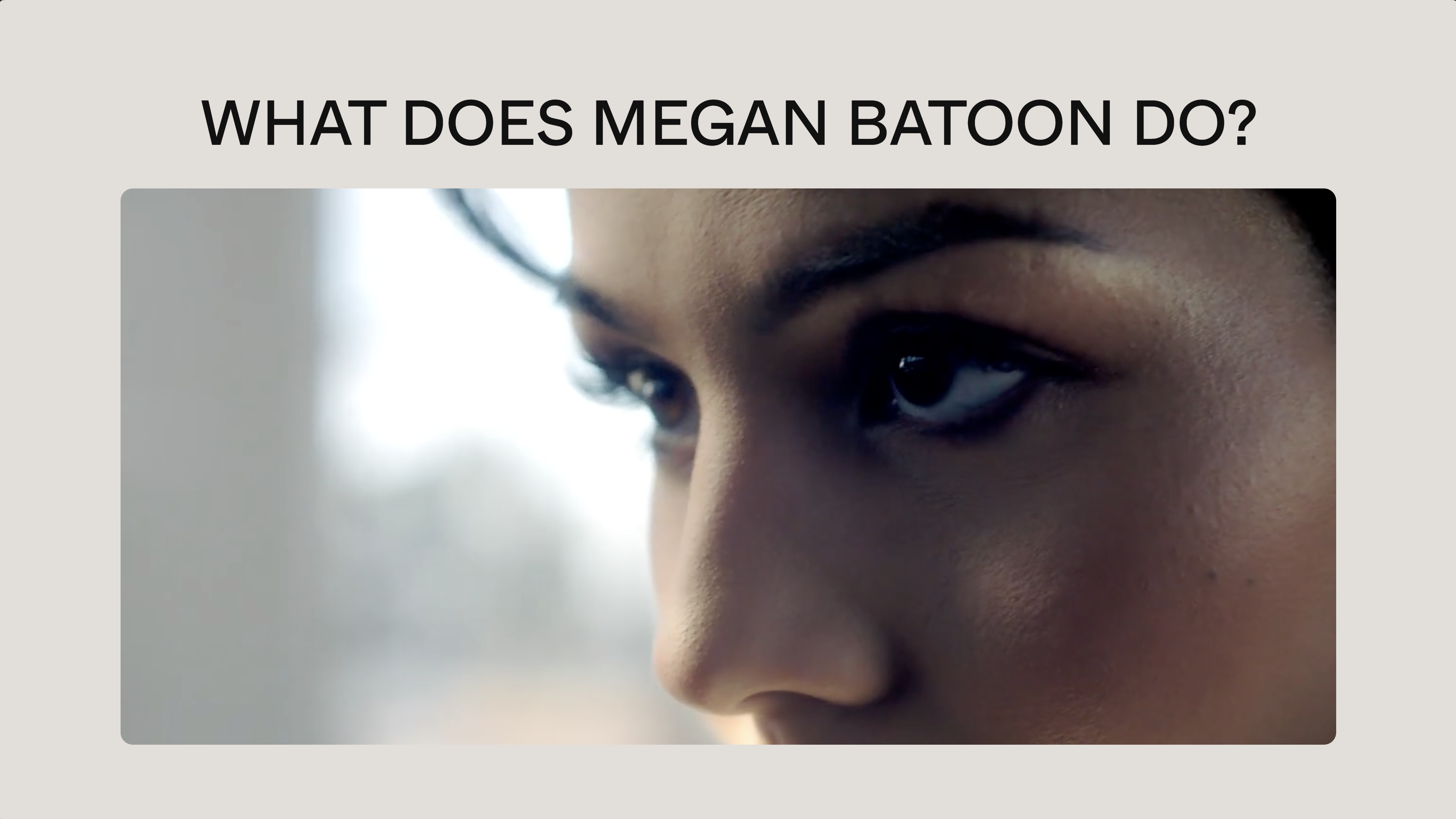
Batoon’s kit also opens with a video; in this case, a compelling example of past brand work.

A flexible grid format transforms all the salient points of a resume into a lived experience that unfolds for the viewer as they scroll.
Batoon wraps hers up with a values statement that single-handedly showcases one last bit of personality and serves to weed out any brand partners who might not be a natural fit.

Creating a media kit with Tome
Tome’s easy-to-use templates allow you to create media kits that encompass the full breadth of your creative output. Designed to draw your viewer in across any screen size, they support stunning image grids and high-definition video content, and customizable layouts to best communicate your brand’s core details.
Tome offers a plethora of templates for other types of documents that aid a media kit in representing your company. The design portfolio template and brand guidelines template can communicate your work, values, and aesthetic concisely and elegantly.
If starting from a blank page feels daunting, or if your past proposals are in need of an update, consider using AI for an assist. Tome’s AI generative AI helps you get to a first draft faster—you can create pages, text blocks, and visuals in seconds with prompts. Narrative assistance can help the words flow faster, and designed templates can give you a jumpstart on layout and flow.

You may also like...

Three popular ways to use AI in sales training, including materials creation, role-playing, and personalized coaching.
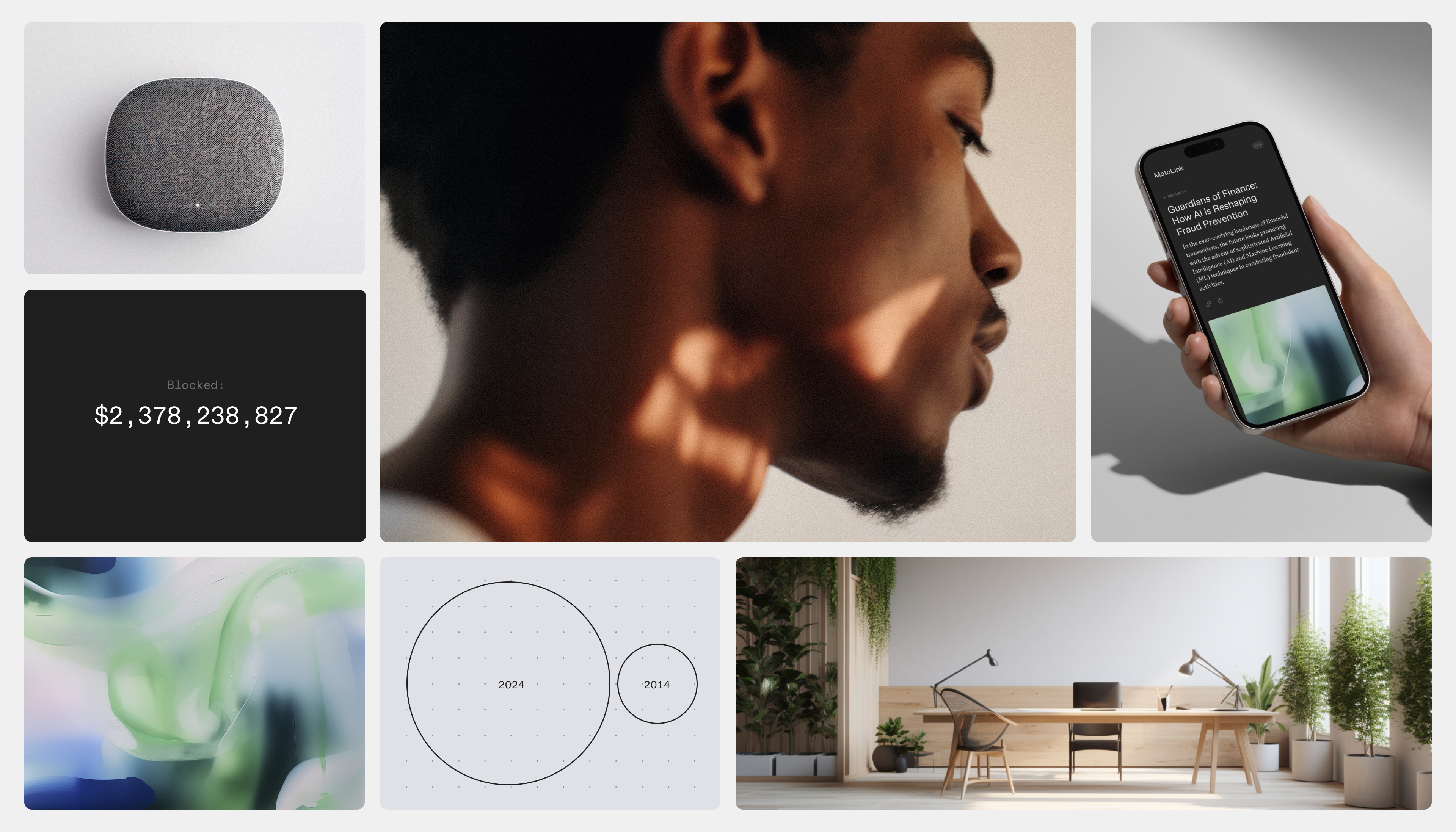
Learn the basics of B2B content marketing, including essential formats and the five key steps to success.
